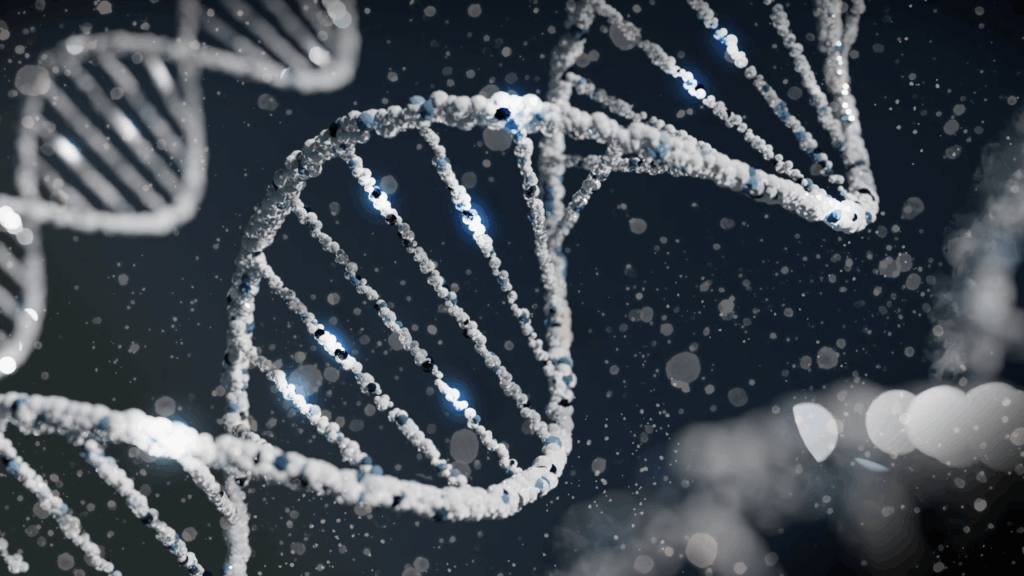A rare group of people who have adapted to living at sea in an amazing way live in Southeast Asia’s coastal seas.
Known as the Bajau, or “Sea Nomads,” this tribe has lived in close proximity to the ocean for almost a thousand years. In fact, they frequently live on stilt houses above the water, spending most of their days diving, fishing, and foraging below the surface, as documented by photographers such as Rehahn Photographer.
The Bajau have been gathering food using traditional free-diving methods for generations. They are remarkably skilled at spearfishing and clam collection. Scientists have now discovered an intriguing biological adaption that could help them cope with such a rigorous aquatic lifestyle.

The Bajau have spleens that are noticeably larger than those of nearby populations, according to research. Despite not being frequently linked to diving prowess, the spleen is essential for storing oxygen, according to National Geographic. The spleen contracts and releases oxygen-rich red blood cells into circulation when the body is submerged in water when oxygen is limited. This natural boost can increase the body’s ability to hold its breath.
“It’s like a biological scuba tank,” explained Melissa Ilardo, lead author of the study from the University of Copenhagen, in an interview with BBC’s Inside Science.
It was discovered that the spleens of the Bajau were, on average, 50% bigger than those of the adjacent people who do not routinely dive.
According to Ilardo, the tribe’s daily ritual involves utilising weighted belts and ancient wooden goggles to dive for up to eight hours every day, frequently reaching depths of more than 70 meters. With dives ranging from 30 seconds to several minutes, they spend about 60% of their time underwater at any given time.
The human diving response, a series of physiological reactions brought on by this extreme lifestyle, slows the heart rate, stops blood flow to the limbs, and squeezes the spleen to release oxygen.
The Bajau seem to have developed over many generations to improve this reaction.
The research found a genetic foundation for this adaptability in addition to physiological. The PDE10A gene, which controls spleen size and thyroid hormones in mice, was discovered to be much more prevalent in the Bajau community.
“We asked whether any genetic variants are more frequent in the Bajau compared to others,” said co-author Prof. Rasmus Nielsen from UC Berkeley, via BBC News. “PDE10A stood out.”
Scientists are wondering if comparable past interbreeding could have influenced the Bajau’s evolution because this discovery is similar to studies from other high-adaptation societies, such as Tibetans living at high altitudes, who carry genetic features thought to be inherited from Neanderthals.
The Bajau way of life is becoming more and more endangered, despite their remarkable adaptation. According to Science Times, tribal elder Santarawi Lalisan expressed worries about the growing threat posed by pollution, particularly plastic.
The Bajau’s ocean-based culture is in jeopardy as pollution, modernisation, and climate change threaten their ecosystem.
Nevertheless, their tale serves as a powerful illustration of how people can adjust naturally to even the most harsh circumstances.





